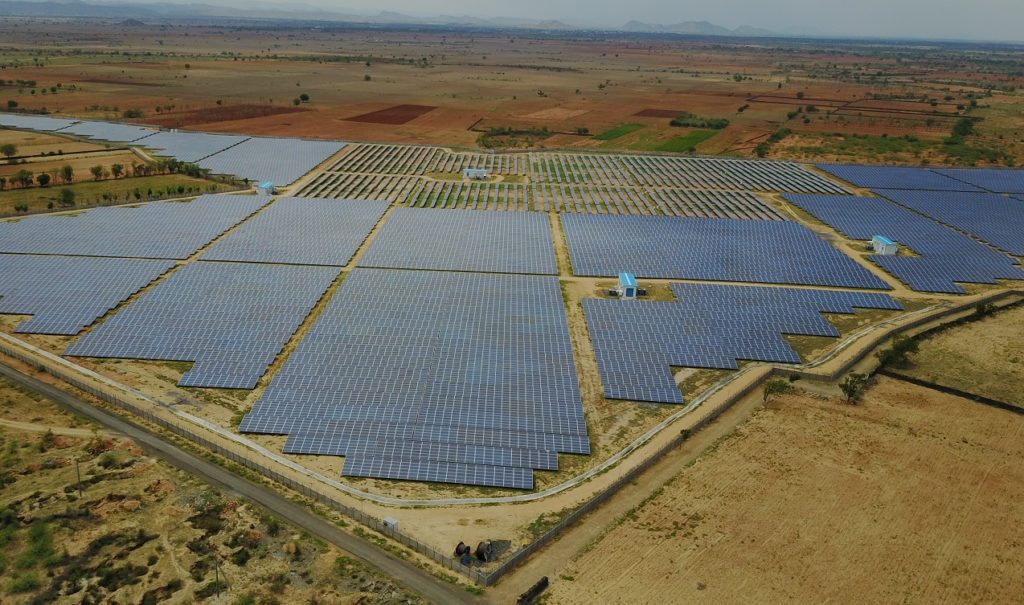
India has surpassed 70GW of installed solar capacity as of 30 June this year, according to the country’s government. It initially had a target of 100GW capacity by 2022.
70,096MW of installed PV were installed in India as of the end of Q2 2023. Rajasthan has the most capacity of any state, with 17.8GW; Gujarat is the only other state to have exceeded 10GW of capacity (with 10.1GW as of Q2 end), and Karnataka, Tamil Nandu and Maharashtra round out the top five with 9.05GW, 6.9GW and 4.8GW respectively.
Unlock unlimited access for 12 whole months of distinctive global analysis
Photovoltaics International is now included.
- Regular insight and analysis of the industry’s biggest developments
- In-depth interviews with the industry’s leading figures
- Unlimited digital access to the PV Tech Power journal catalogue
- Unlimited digital access to the Photovoltaics International journal catalogue
- Access to more than 1,000 technical papers
- Discounts on Solar Media’s portfolio of events, in-person and virtual
Or continue reading this article for free
The announcement and information were given by the minister for new & renewable energy and power, Shri R. K. Singh.
In 2022 Rajasthan was by far the largest installer of solar PV, and as of the end of last year, it had a pipeline in excess of 24GW according to analyst firm Bridge To India.
In its announcement of the capacity milestone the government said that the country has the potential to deploy 748.9GW of solar PV, and that it has undertaken measures to increase deployments and promote renewables like removing interstate transmission charges and relaxing the approved list of models and manufacturers (ALMM) scheme.
It also said that it is operating a number of direct schemes designed to bring capacity online. Specifically, a “Solar Park Scheme for setting up of at least 50 Solar Parks targeting 40,000MW of solar power projects”, and a “Scheme for setting up 12,000MW of Grid-Connected Solar PV Power Projects [using] Viability Gap Funding (VGF).” VGF is designed to support projects that are economically justified but fall short of being financially viable.
Despite this, India has consistently missed its solar installation targets of late. According to JMK Research, in the first half of this year, its capacity additions fell 19% compared with H1 2022, and in the whole of the financial year 2022 just 12.8GW was installed of a 20GW target.
India has been experiencing well-documented solar supply issues, primarily as a result of its efforts to shift away from reliance on Chinese imports and establish a domestic PV manufacturing base. The basic customs duty (BCD) tariff taxes imports heavily, and the ALMM – before being relaxed earlier this year – limited the products and companies that could deploy solar in India.
The country still relied on imports overwhelmingly at the end of 2022 – as per the Bridge To India report above – but the Production Linked Incentive (PLI) scheme has since released another 40GW worth of manufacturing capacity funding and experts have said that the industry is likely to pick up in 2024.







